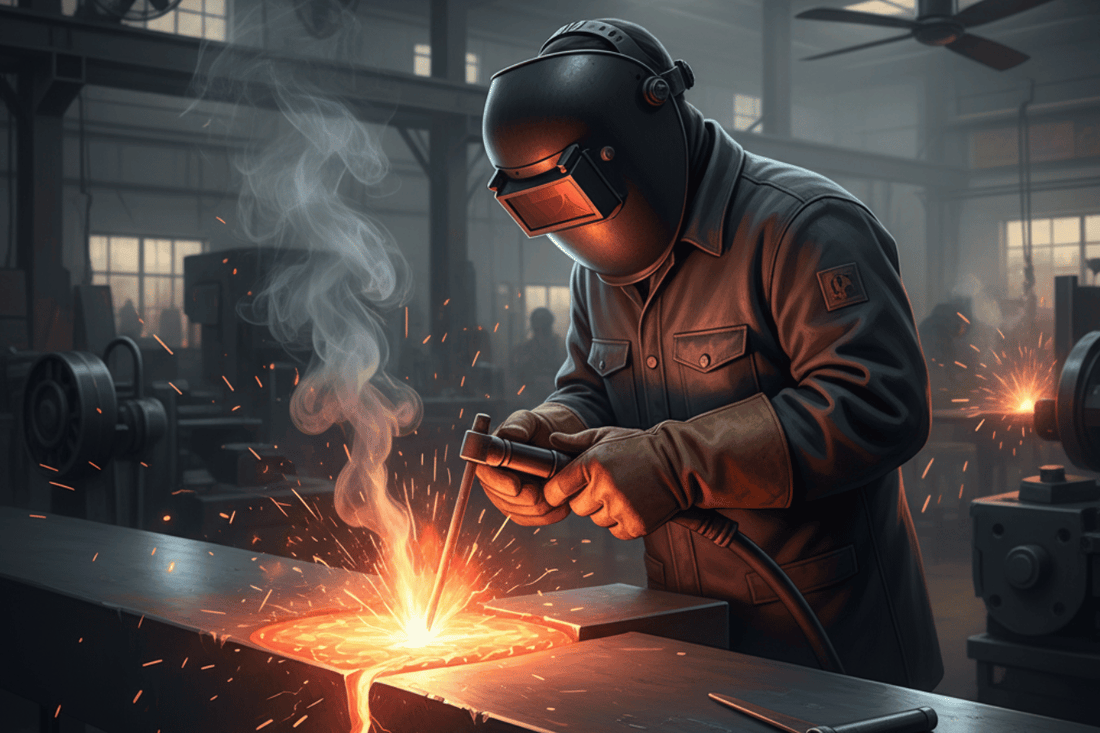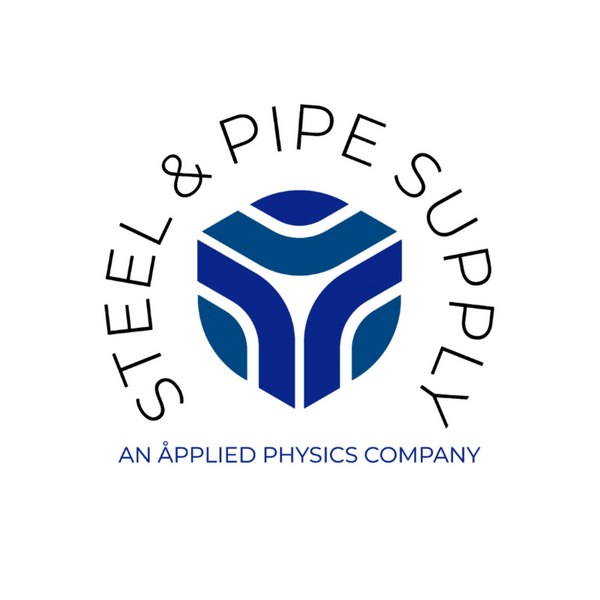
How Do I Avoid Thermal Cracking In Welds
Share
Thermal cracking, often known as hot cracking, is an important welding defect that harms the strength, safety, and service life (longevity) of welded structures.
Whether you are a professional welder, an engineer, or a quality inspector, understanding thermal cracking is very important so you can achieve high-quality, crack-free welds.
This complete article will explain what thermal cracking is, why it happens, which materials and processes are at the highest risk, and most importantly, how you can prevent it in your welding projects.
What is Thermal Cracking in Welding?
Thermal cracking refers to the formation of cracks in the weld metal or the nearby heat-affected zone (HAZ) due to thermal stresses generated during the welding process.

These cracks typically occur at elevated temperatures as the weld cools and solidifies, and are commonly called hot cracks or solidification cracks.
-
Where do they appear: Most often, thermal cracks form along the centerline of the weld bead or at the crater (the end of the wel
d). They can also occur in the HAZ, especially in materials that are more susceptible.
- Why are they dangerous: Cracks act as stress concentrators and can propagate under load, which can lead to catastrophic failure of welded structures.
Common Causes of Thermal Cracking in Welds
Understanding the root causes of thermal cracking is the first step toward prevention. The main factors include:
1) Excessive Heat Input
Large, slow-cooling weld pools increase the risk of solidification cracking due to grain growth and impurity segregation.

2) Material Composition
- High levels of impurities (sulfur, phosphorus) and certain alloying elements (carbon, chromium, nickel) lower the melting point at grain boundaries, making cracks more likely.
- Dissimilar metals or incompatible filler materials can also promote cracking.

3) Joint Design and Restraint
Poor joint design (sharp corners, inadequate groove angles) and highly restrained joints prevent natural expansion/contraction, increasing internal stresses.

4) Improper Welding Technique
Fast welding speeds, improper arc termination, or failure to fill the weld crater can leave behind areas of high stress that crack as they cool.

5) Contamination
Oil, grease, rust, or moisture introduce impurities (especially hydrogen), which can exacerbate cracking, particularly in high-strength steels.

How to Prevent Thermal Cracking in Welding
Prevention of thermal cracking requires a holistic approach, combining material selection, process control, joint design, and environmental management. Here are the most effective strategies:
Material and Filler Selection
- Use base and filler metals that are compatible in terms of chemical composition and thermal expansion coefficients.
- Select materials with low sulfur and low phosphorus to reduce impurity-driven cracking.
- Choose filler metals specifically designed to resist hot cracking for the given base metal.
Control Welding Parameters
- Optimize heat input: Use the minimum heat necessary for proper fusion and maintain a steady travel speed.
- Preheat the base metal: It slows cooling, reduces thermal gradients, and is especially important for thick sections and high-carbon steels.
- Control cooling rates: Allow the weld to cool gradually; use post-weld heat treatment (PWHT) if required.
Joint Design and Preparation
- Avoid sharp corners and sudden thickness changes these act as stress concentrators.
- Ensure good fit-up to avoid excessive gaps and uneven heating/cooling.
Welding Technique
- Fill craters properly: Always fill the crater to a slightly convex shape before breaking the arc to prevent crater cracks.
- Use multiple passes for thick sections: This distributes heat more evenly and reduces risk.
- Backstepping and skip welding: These help distribute heat and minimize residual stresses.
Types of Thermal Cracking in Welds
1) Hot Cracks (Solidification Cracks)
- Form during the solidification of the weld metal, while it is still hot.
- Typically appear along the centerline or at the crater of the weld.
- Often longitudinal or star-shaped.
2) Liquation Cracks
- Occur in the HAZ where partial melting of the base metal weakens grain boundaries.
- Cracks form as the weld cools and contracts.
Prevention Checklist
| Prevention Technique | Application |
|---|---|
| Compatible base/filler metals | All materials, especially dissimilar joints |
| Low impurity materials | High-strength steels, critical structures |
| Preheat and controlled cooling | Thick sections, high-carbon/alloy steels |
| Proper joint design and fit-up | All structural welds |
| Fill craters, use multiple passes | Thick sections, end of welds |
| Cleanliness and shielding gas | All welds, especially sensitive alloys |
| Minimize restraint, stress relief | Large, rigid, or critical assemblies |
| Follow qualified procedures | All code-compliant and safety-critical welds |
Materials and Welding Processes Prone to Thermal Cracking
Materials Most at Risk
- High-strength aluminum alloys (e.g., 2xxx, 6xxx, 7xxx series)
- Austenitic stainless steels (e.g., 310, 347)
- Nickel-based superalloys (e.g., Inconel, Hastelloy)
- Low alloy and creep-resistant steels especially with high carbon, sulfur, or phosphorus.
Welding Processes Most at Risk
- Fusion welding processes (TIG, MIG, SAW) with large, slow-cooling weld pools.
- Autogenous welding (no filler metal)
- Multipass welding (especially during reheating)
- High-heat input processes (high amperage, slow travel speed.
Scenarios That Increase Susceptibility
- Highly restrained joints
- Poor joint design or fit-up
- Contaminated surfaces
- Improper welding parameters
- Metallurgical incompatibility dissimilar metals, wrong filler.
Industry Standards and Best Practices
- Follow qualified welding procedures: Use Procedure Qualification Records (PQRs) and Welding Procedure Specifications (WPS) tailored to the material and application.
- Regular inspection: Use visual and non-destructive testing (NDT) methods to detect cracks early.
- Training and certification: Ensure welders are trained and certified according to relevant codes (e.g., AWS, ASME).
- Refer to standards: While ASME BPVC and API 579 provide general guidance, they do not directly address repeated thermal shock cracking. Expert recommendations focus on design improvements, operational controls, and material selection.
Conclusion
Thermal cracking in welds is a severe defect that can be avoided by understanding its causes and implementing best practices in material selection, welding parameters, joint design, and process control.
By following the prevention strategies outlined above such as using compatible materials, controlling heat input, preheating, ensuring cleanliness, and adhering to qualified procedures you can significantly reduce the risk of thermal cracking and ensure the integrity and longevity of your welded structures.
Frequently Asked Questions (FAQs)
1. What is the main cause of thermal cracking in welds?
Thermal cracking most commonly occurs when there is excessive heat input during welding, or when the material contains impurities such as sulfur or phosphorus. Additionally, if the joint design is not proper or the welding technique is incorrect, the chances of cracks increase significantly.
2. Can preheating reduce the risk of thermal cracking?
Yes, preheating the base metal slows down the cooling of the weld area, which reduces thermal stresses and significantly lowers the risk of cracking. This technique is especially useful for thick sections and high-carbon steels.
3. What are the most important tips to prevent thermal cracking in welds?
The most important tips are: use compatible filler metal, control welding parameters (heat input, travel speed), ensure proper joint design and fit-up, keep the surface clean and free from contamination, and properly fill weld craters. By following these steps, you can effectively prevent thermal cracking.
